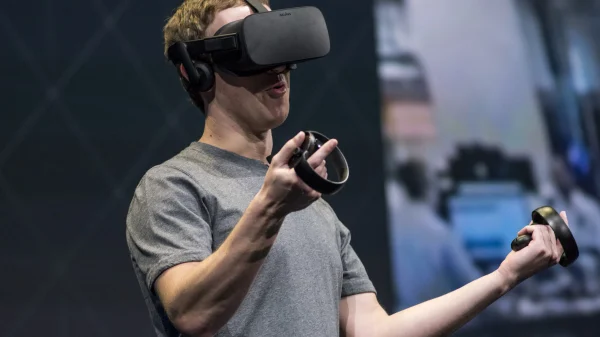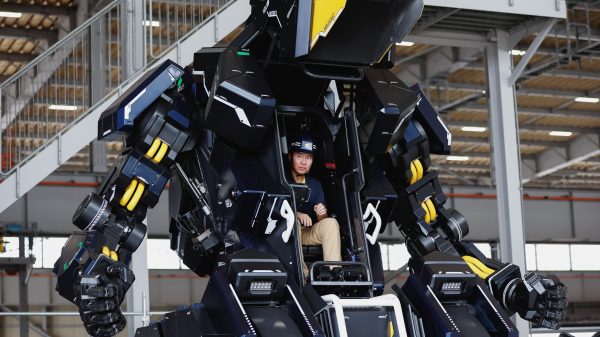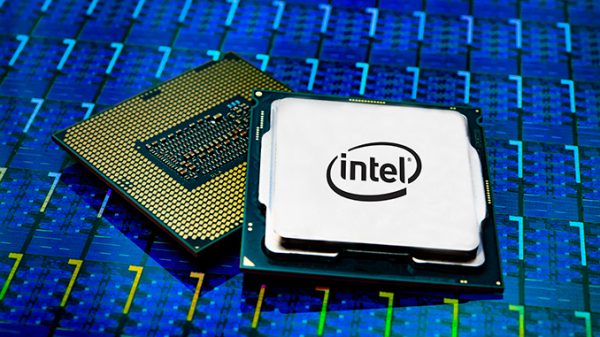Neuralink; Screenshot by Stephen Shankland/CNET
Neuralink, Elon Musk's startup that's trying to directly link brains and computers, has developed a system to feed thousands of electrical probes into a brain and hopes to start testing the technology on humans in in 2020, Chief Executive Elon Musk revealed Tuesday.
And it's working already in animal tests. "A monkey has been able to control a computer with his brain," Musk said at a San Francisco live-streaming the presentation on YouTube Tuesday, revealing even more research results than the company's scientists expected.
Neuralink's initial goal is to help people deal with brain and spinal-cord injuries or congenital defects, Musk said. The technology could help paraplegics who have lost the ability to move or sense because of spinal cord injury — a medical treatment that's a lot less shocking than radical sci-fi ideas like "consensual telepathy."
But the long-term goal is to build a "digital superintelligence layer" to link humans with artificial intelligence, a technology he views as an existential threat to humanity.
"Ultimately, we can do a full brain-machine interfaces where we can achieve a sort of symbiosis with AI," Musk said. One goal along the way will be letting people type 40 words per minute just by thinking.

Neuralink; Screenshot by Stephen Shankland/CNET
Neuralink has the potential to dramatically reshape both computing and humanity — if it and like-minded researchers can persuade regulators and society at large that we should be directly wired to machines. That's a big if. The challenges are immense when it comes to developing the technology, making it practical and affordable, and convincing people it's safe and desirable.
The startup uses sewing machine-like technology revealed earlier this year to drill small holes into brains and thread electrodes inside, steering clear of blood vessels as they go.
"We hope to have this, aspirationally, in a human patient by the end of this year. So it's not far," Musk said. He acknowledged, though, that approval from the US Food and Drug Administration "is quite difficult."
Brain-machine interface (BMI) technology is active research at other competitors and laboratories. But some worry that Neuralink's invasive method is risky.
Today, some epilepsy patients have dozens of wires inserted to monitor brain activity, said Bin He, head of biomedical engineering at Carnegie Mellon University and a researcher who favors noninvasive methods. "In the general population, I could not see how many of such inserted wires into a human's brain would not cause risks or potentially impair the working of the brain," He said.
Noninvasive methods not only can read brain activity but also stimulate it. That's easier at the surface, but new breakthroughs show promise for communications with neurons deeper in the brain, He said.
Even if Neuralink's approach works, don't expect to download the ability to speak French anytime soon. Even Neuralink's first goals are ambitious, and training to brain to understand the Neuralink signals won't be easy, either, Neuralink President and co-founder Max Hodak said. "It's a long process. It's like learning to touch type or play piano," he said.
Thousands of electrodes implanted by robot

Neuralink; Screenshot by Stephen Shankland/CNET
With Neuralink's approach, a robot inserts tiny threads a quarter the width of a human hair. "The threads are about the same size as a neuron," Musk said. "If you're going to stick something in your brain, you want it to be tiny — approximately on par with the things that are already there."
A "wisp" of 1,024 threads attach to a small chip, up to 10 of which will be embedded under your skin. Each will connect wirelessly to a wearable, detachable, upgradable "pod" behind your ear that communicates wirelessly with a phone. "The interface to the chip is wireless so you have no wires poking out of your head. It basically Bluetooths to your phone," Musk said.
The installation takes place through holes 2mm wide, temporarily expanded to 8mm, then glued shut, Musk said. Among the company's challenges are developing electrodes that will last "many decades," but "getting the right coatings is a tough materials science problem." The human brain is not a hospitable environment.
Electrodes read and write brain data
Neuralink is designing its electrodes not just to "read" from neurons what's going on in the brain, but also to "write" signals into the brain. "You can use this technology in the brain to restore a sense of touch or vision," said Neuralink scientist Philip Sabes.
Connections to the motor-control parts of the brain also could help people with brain disorders, Sabes said.

Neuralink; Screenshot by Stephen Shankland/CNET
"A person could imagine running, dancing or even kung fu," Sabes said, with the Neuralink connection controlling their 3D avatar in a digital realm. "Ultimately, if and when technology for spinal cord nerve or muscle stimulation gets far enough, it could be usedRead More – Source
[contf]
[contfnew]
cnet
[contfnewc]
[contfnewc]























































